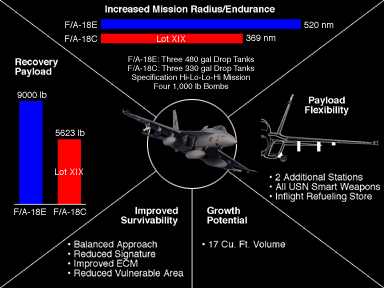
| Specifications | ||
| Contractor | Boeing [McDonnell Douglas Aerospace] and Northrop Grumman (Airframe), General Electric (Engines), and Hughes (Radar) | |
| F/A-18C/D Hornet | F/A-18E/F Super Hornet | |
| Power Plant | Two F404-GE-402 afterburning engines, each in the 18,000 pound thrust class, which results in a combat thrust-to-weight ratio greater than 1-to-1. Depending on the mission and loading, combat radius is greater than 500 nautical miles. [td]Twin F414-GE-400 engines, each in the 22,000 pound thrust class. On an interdiction mission, the E/F will fly up to 40 % further than the C/D. | |
| Accommodations | The F/A-18C and F/A-18E are single seat aircraft. The D and F models are flown by two crew members. The aft seat in the D and F may be configured with a stick and throttle for the training environment (or without when crewed with a Weapons System Officer). | |
| Performance | F/A-18C maximum speed at level flight in altitudes of 36,089 ft. Mach 1.7 | F/A-18E maximum speed at level flight in altitudes of 36,089 ft. Mach 1.6 |
| Armament | F/A-18C/D can carry up to 13,700 pounds of external ordnance. Weapon stations include: two wingtip stations for Sidewinders; two outboard wing stations for air-to-air or air-to-ground weapons; two inboard wing stations for fuel tanks, air-to-air, or air-to-ground weapons; two nacelle fuselage stations for AMRAAMs, Sparrows, or sensor pods; and one centerline station for fuel or air-to-ground weapons. M61 Vulcan 6-barrel rotary cannon with 520 rounds of 20mm ammunition is internally mounted in the nose AIM-9 Sidewinder AIM-7F Sparrow AIM-120 AMRAAM AGM-65E Maverick AGM-84 Harpoon AGM-88A HARM MK82 10 CBU-87 10 CBU-89 GBU-12 GBU-24 JDAM B-57 or B-61 Nuclear bomb | F/A-18E/F can carry up to 17,750 pounds of external ordnance; two additional wing store stations have been added. |
| Mission and Capabilities | The F/A-18 Hornet can perform both air-to-air and air-to-ground missions. Cockpit displays and mission avionics are thoroughly integrated to enhance crew situational awareness and mission capability in high threat, adverse weather/night environments. Cockpits are night vision goggle compatible. Multi-Sensor Integration and advanced data link capabilities further enhance situational awareness. | The E/F model will be able to perform a strike tanker mission while carrying a self-protection air-to-air missile loadout. The E/F model will also have greater payload flexibility, increased mission radius, survivability, payload bring back, and a substantial avionics growth potential. |
| Unit cost $FY98 [Total Program] | $39.5 million. | $60 million |
| Program Summary | F/A-18A/B first entered operational service with the USN and USMC in 1982. Since 1982, more than 1,458 F/A-18s have been procured for the USN and USMC and for the armed services in Canada, Australia, Spain, Kuwait, Switzerland, Finland, and Malaysia. In 1987, the upgraded C/D model (with enhanced mission avionics) was introduced and upgraded with a night/adverse weather mission capability, On Board Oxygen Generating System, APG-73 Radar Upgrade, enhanced performance F404-GE-402 engines, and upgraded mission computers. | The first flight of the F/A-18E/F occurred in December 1995; operational deliveries are |
| External Dimensions | |||||||||||||||||||||||||||||||||||||||
| F/A-18C/D | F/A-18E/F | ||||||||||||||||||||||||||||||||||||||
|
| ||||||||||||||||||||||||||||||||||||||
| Areas | |||||||||||||||||||||||||||||||||||||||
| F/A-18C/D | F/A-18E/F | ||||||||||||||||||||||||||||||||||||||
|
| ||||||||||||||||||||||||||||||||||||||
| Weights and Loadings | |||||||||||||||||||||||||||||||||||||||
| F/A-18C/D | F/A-18E/F | ||||||||||||||||||||||||||||||||||||||
|
| ||||||||||||||||||||||||||||||||||||||
| Performance (At Maximum Takeoff Weight) | |||||||||||||||||||||||||||||||||||||||
| F/A-18C/D | F/A-18E/F | ||||||||||||||||||||||||||||||||||||||
|
|
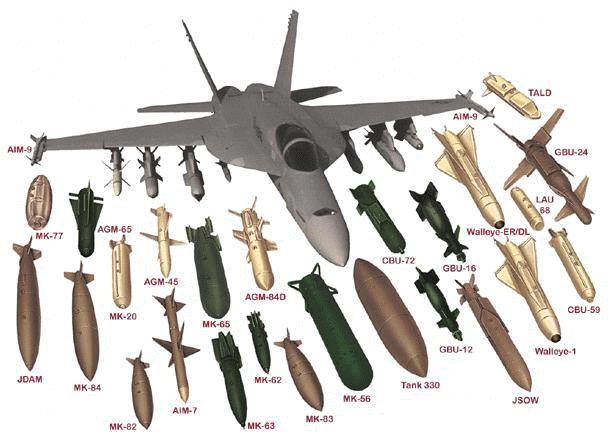
| MK | AGM | CBU | CBU | GBU | GBU | GBU | AIM | AIM | 20 | |
| 82 | 88 | 87 | 89 | 10 | 12 | 24 | JDAM | 9 | 120 | MM |
| 6 | 2 | 2 | 500 | |||||||
| 2 | 2 | 2 | 500 | |||||||
| 4 | 2 | 2 | 500 | |||||||
| 4 | 2 | 2 | 500 | |||||||
| 2 | 2 | 2 | 500 | |||||||
| 6 | 2 | 2 | 500 | |||||||
| 2 | 2 | 2 | 500 | |||||||
| 2 | 2 | 2 | 500 | |||||||
| 2 | 6 | 500 | ||||||||
| 8 | 500 |
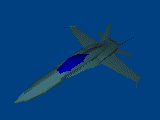
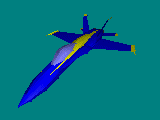
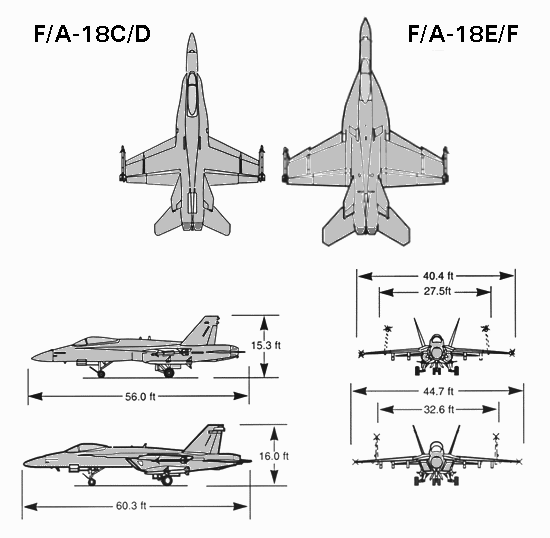
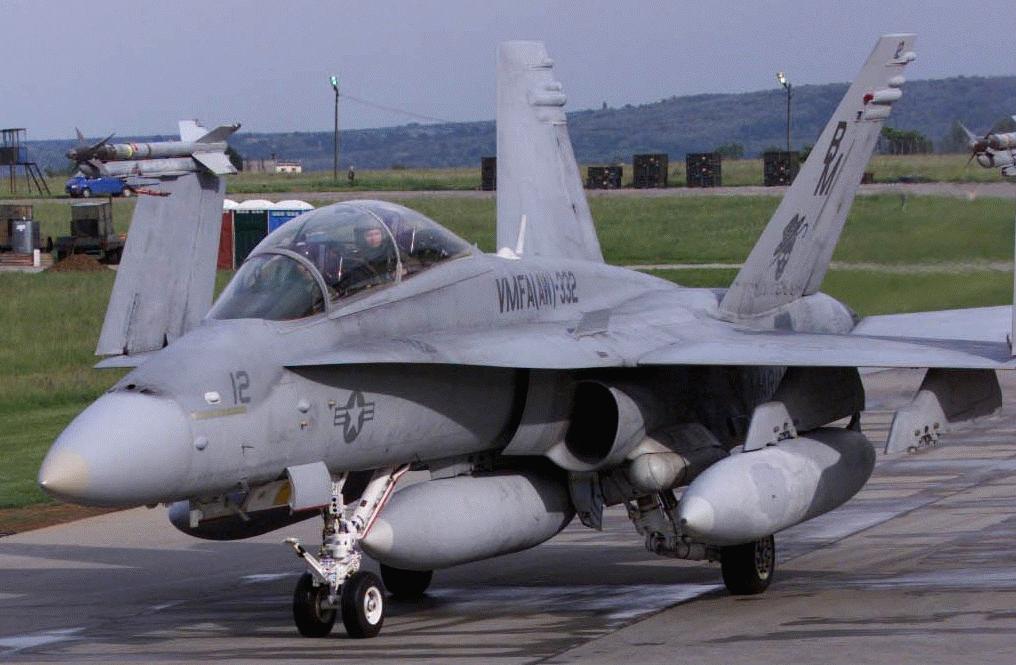

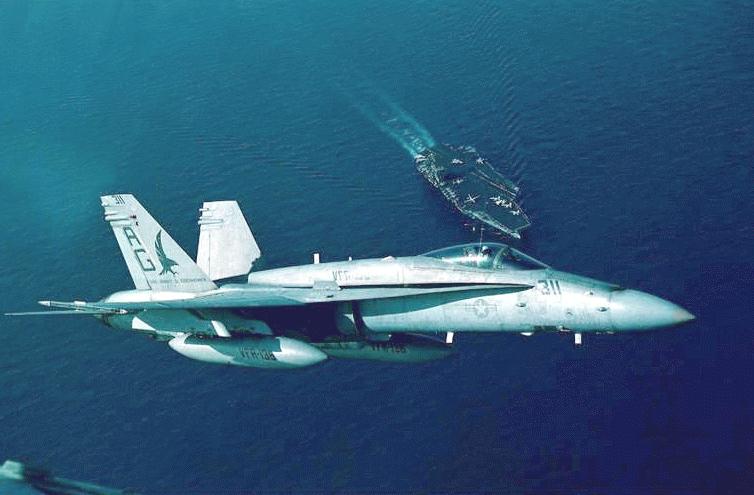
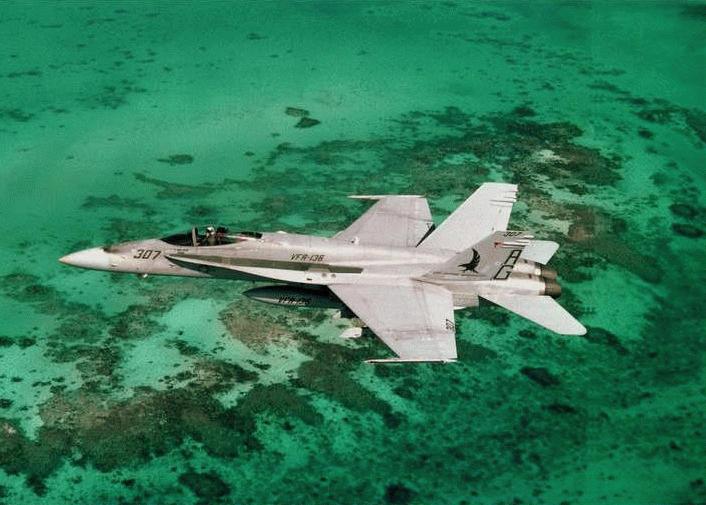
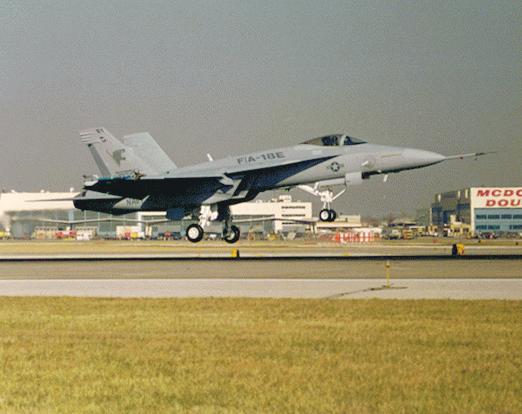
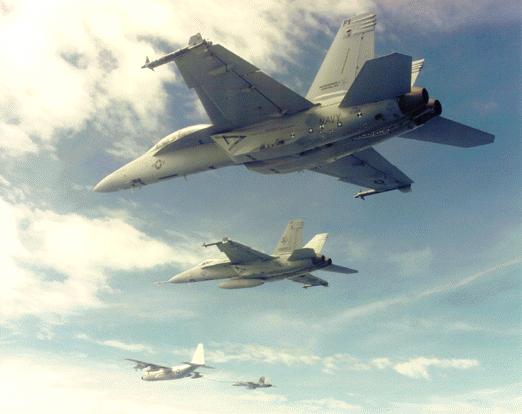
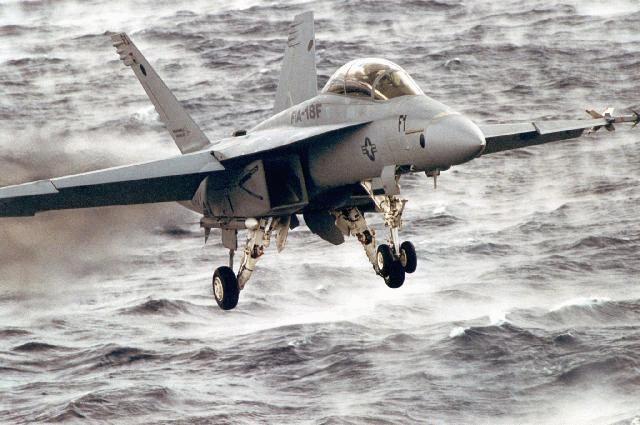




| 歡迎光臨 鐵之狂傲 (https://www.gamez.com.tw/) |